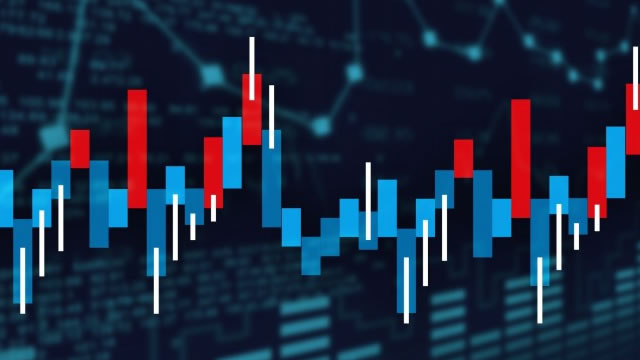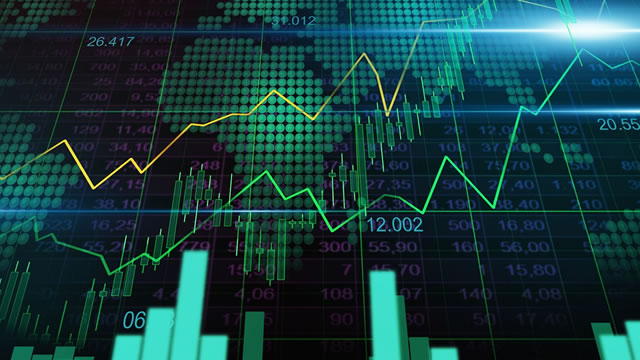The Hawks and Doves of Central Banks
Understanding the Impact of Member Stances on Monetary Policy
Introduction
You may have come across news citing central bank members being hawkish or dovish. These are terms used to describe a member’s stance on monetary policy. In general, “hawks” are the members who tend to prefer a tighter monetary policy while “doves” tend to support a looser monetary policy. Traders classify hawks and doves based on recent speeches and voting patterns by the respective members. Central bank members generally don’t describe themselves as hawks or doves. The market tends to ignore co…
In the world of central banking, the terms “hawks” and “doves” play a crucial role in shaping monetary policy. While these terms may seem like simple labels, they reflect deeper beliefs and strategies that can have significant implications for both individual investors and the global economy.
Impact on Individuals
For individual investors, understanding whether central bank members are hawks or doves can help in making informed decisions about their portfolios. If a central bank is led by hawks, they are more likely to raise interest rates to combat inflation. This can impact investments in bonds and interest-sensitive securities. On the other hand, if a central bank is led by doves, they are more likely to keep interest rates low to stimulate economic growth, which can benefit stocks and other riskier assets.
Impact on the World
The stance of central bank members on monetary policy can also have broader implications for the global economy. For example, if major central banks around the world are led by hawks and collectively raise interest rates, it can lead to a slowdown in global economic growth. Conversely, if central banks are led by doves and maintain low interest rates, it can contribute to higher levels of economic activity and investment.
Conclusion
In conclusion, the distinction between hawks and doves among central bank members is more than just a matter of semantics. It reflects underlying beliefs about how to achieve economic stability and growth. As investors and stakeholders, it is important to pay attention to these dynamics and consider their potential impact on our financial well-being and the broader global economy.





